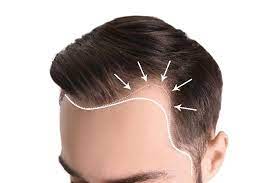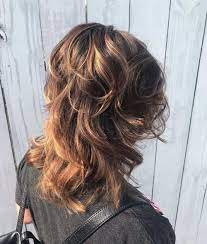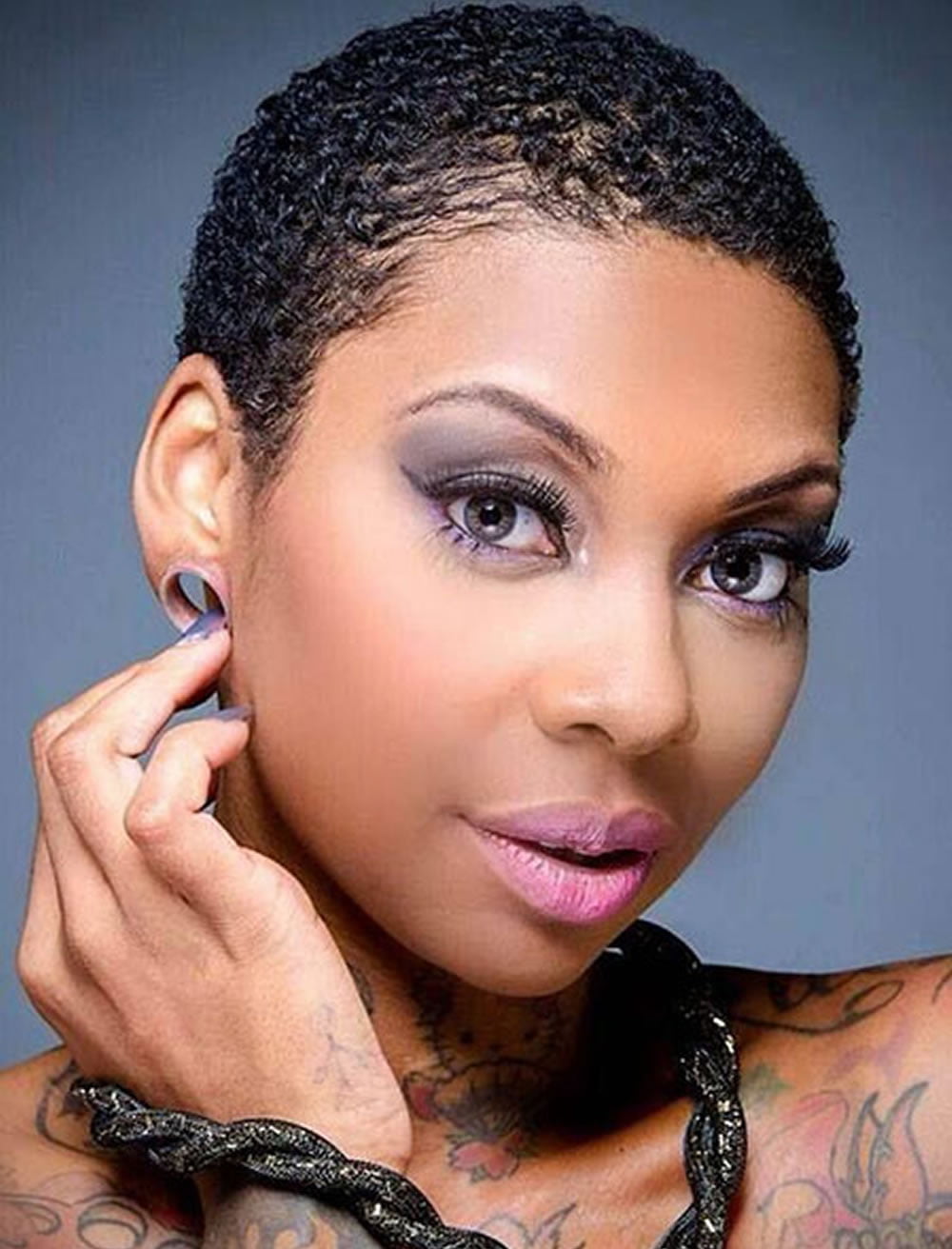
Receding hairlines are an increasingly prevalent problem among males. They can develop any time after puberty due to dihydrotestosterone-containing androgens like DHT.
Treating Receding Hairline
At the first sign of a receding hairline, it is critical to act quickly to halt its progress and disguise your receding hairline through methods like wearing a buzz cut or clean shave.
Minoxidil (Rogaine)
Minoxidil, or Rogaine, is an over-the-counter medication to promote hair growth. It activates dormant follicles and increases blood flow to the scalp, resulting in thicker, fuller locks. Although it won’t fully reverse receding hairlines, it slows them down and increases confidence in your appearance.
Finasteride (Propecia, Proscar)
Finasteride, marketed as Propecia and Proscar, is an oral medication approved for treating male pattern baldness and benign prostatic hypertrophy (BPH). It blocks the conversion of testosterone to 5-alpha-dihydrotestosterone (5-AR) and has shown efficacy in treating mild to moderate hair loss among men. It may cause side effects such as itching, hair thinning, changes in voice quality, and sexual drive.
Corticosteroids
Corticosteroids reduce inflammation by suppressing immune system activity and decreasing hormone production. They come in oral, topical, and injectable forms and may help mitigate inflammation contributing to hair loss or receding hairlines.
Hair Transplants
hair transplants are surgical procedures performed in a doctor’s office to restore a receding hairline. A strip of skin is extracted from the back of the head to reconstruct the temples and forehead, leveling out the previous M-shaped hairline. This procedure results in a more youthful look and increased self-confidence. Finasteride and PRP injections may help protect against further hair loss and promote faster growth after the transplant.
Laser Therapy
Laser hair Therapy is a safe and non-invasive procedure that stimulates hair growth by activating blood vessels and hair follicles on the scalp. Low-level lasers trigger a chemical response in cells, increasing energy levels and reducing pain and inflammation. Laser therapy is effective for treating receding hairlines and male pattern baldness, but results may vary depending on laser strength and frequency of sessions. Additional treatments may be necessary to maximize its effects.

